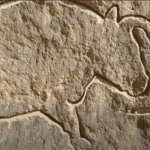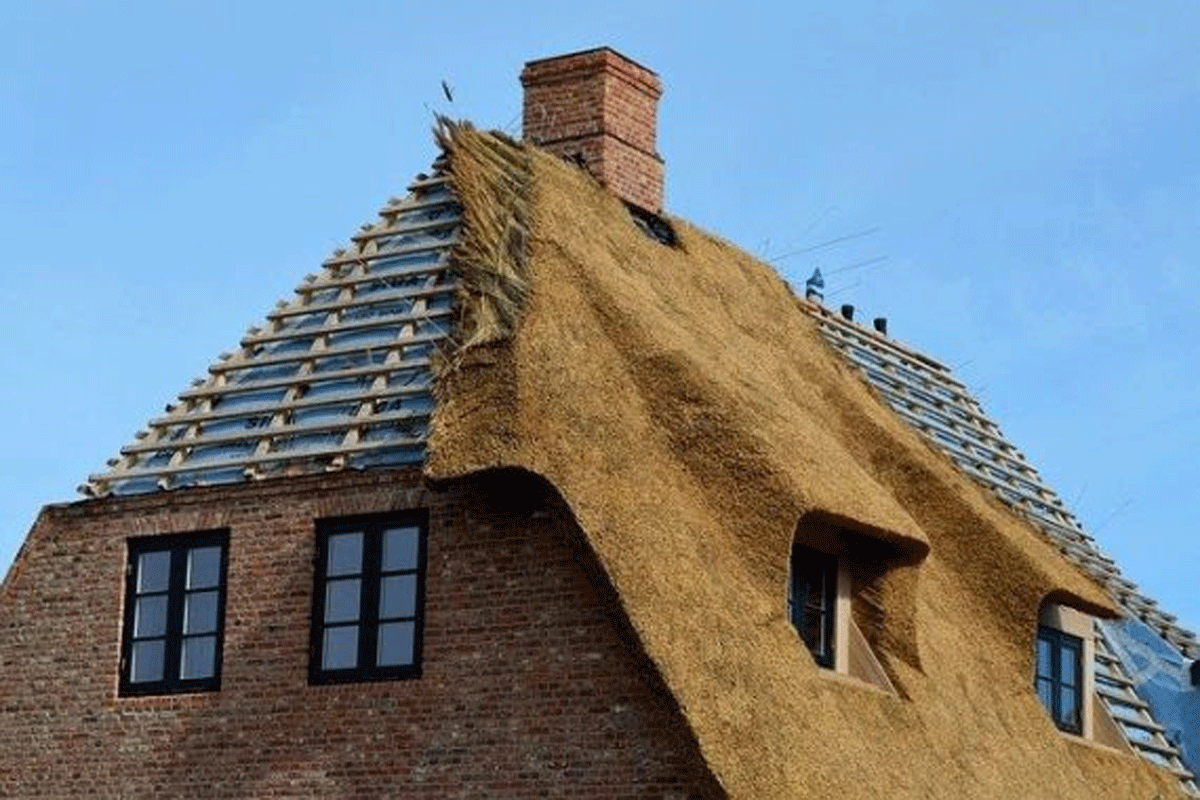
New Theory Shows How Stonehenge Could Have Been Multi-Storied With a Thatch Roof
Paul Seaburn July 19, 2021
Are you ready to throw out everything you’ve ever been told about Stonehenge – everyone’s favorite 3,000-year-old stone monument whose true purpose has been debated for centuries? Would you believe it had multiple floors? Would you believe it had a roof? A thatched roof? A recent book by a British architect makes the case that it was a multi-level, covered Neolithic temple and has a scale model to prove it. A recent audio study builds a case for the original having fabulous acoustics, and this author claims it could have matched William Shakespeare’s Globe Theater in design, audience capacity and performances – over 2,000 years earlier!
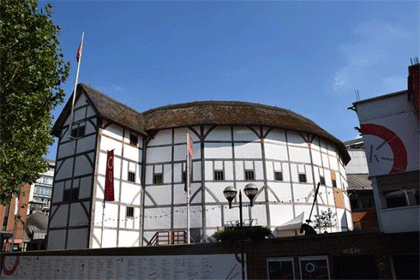 Globe Theater
Globe Theater
“Archaeologists are very obsessed with dating and the meaning of it. I looked at it and thought it was a ruin, and that with my design skills I could work out what was there. In our climate back in the Bronze Age it still rained, and why would you move 75 large stones just so you could dance around twice a year? If you put a roof on it you can use it all year.”
Sarah Ewbank has over 30 years of experience as a landscape architect and has been studying the layout of Stonehenge for some time in an attempt to envision its original looks and purpose. A recent interview with The Daily Mail has given her ideas and book, “Stonehenge – Temple Cipher Roof,” some new publicity. She first looks at the idea that the structure was used to celebrate the solstices and asks an obvious question.
“It seems obvious to me that they would have wanted to mark the winter solstice inside, under a roof, not outside in the freezing cold.”
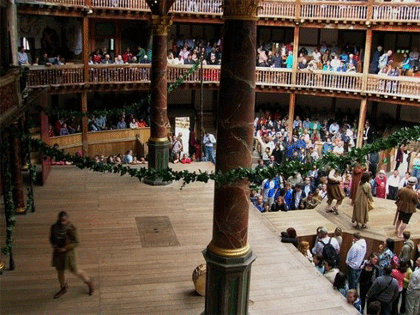 Isn’t this better than outdoors?
Isn’t this better than outdoors?
Ewbank considers the Bronze Age builders of Stonehenge to be sophisticated – they were goldsmiths, artists and experienced metalworkers – who would have wanted to celebrate in comfort. There were also enough of them around that the building would need to hold a crowd. For a modern-day architect to imagine such a structure, Ewbank first needed to imagine a layout with supports for multiple floors and a roof. She started with the four concentric formations of stones which make up Stonehenge – the outer and inner circles, a horseshoe and an oval. Ewbank then added missing stones and wooden beams using evidence from archaeological investigations and ground-penetrating radar.
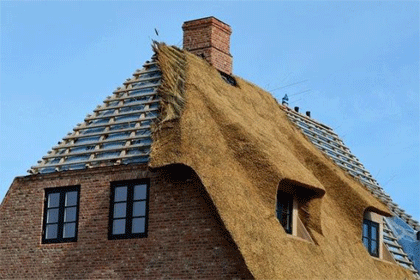 Building a modern thatch roof
Building a modern thatch roof
“Their existence suggests that the sarsens’ uprights and lintels were engineered as if to take the load of a roof.”
The next key is the horizontal stones, which she believes were there to support a roof, and the knobs on the vertical stones which would have held them in place. Ewbank sees the horseshoe formation as the supports for a central wooden framework spanning the center of the oval structure, with rafters to support the lower part of the roof. She thinks the upper roof cap would be easy it’s just an inverted boat which the builders already knew how to make. Finally, she envisions a platform for lifting the 20-ton support stones with ropes. If the completed structure is hard to imagine, Ewbank has excellent illustrations on her Facebook page and website.
“The idea of a roof on Stonehenge wouldn’t make any sense. Part of the point of the place is the majesty of the stones, so why would you put a roof on them? The bottom line is that there isn’t any evidence for it.”
Stonehenge curator Heather Sebire from English Heritage just can’t see it.
Can you? (More illustrations at The Daily Mail.)
Architect believes Stonehenge once had thatched roof to form temple
David Leafe
Landscape architect Sarah Ewbank believes iconic Salisbury monument Stonehenge once had a thatched roof and serv…
MU*















